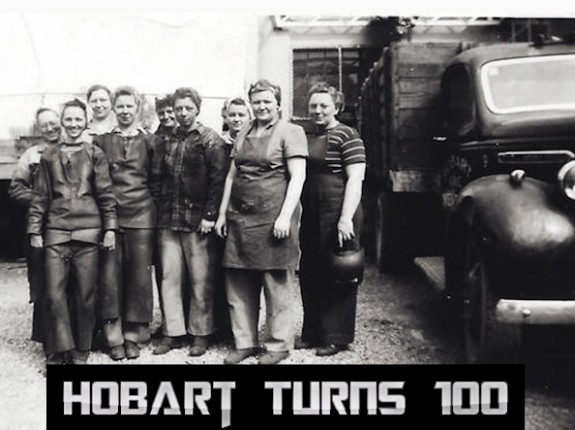
David Knoll, vice president and general manager of Hobart Brothers, said, “One hundred years is an incredible milestone and it’s a testament for any business to reach that mark. At Hobart, we are very proud of the history of the company and everything that means that brought us here to today,” per Ohio’s Troy Daily News (TDN).
TDN stated that during the past century, “Hobart Brothers Company has manufactured battery chargers, introduced its first arc welder in 1925, built all-steel homes and founded the Hobart Trade School, now the Hobart Institute of Welding Technology.” They were also involved with the war effort, and NASA.
About Hobart’s Factory Home Building Operation
Located in Troy, Ohio, Hobart spent several years doing what was then a historic effort at prefabricated factory construction, with onsite completion. Per the Chicago based Society of Architectural Historians (SAH), “The first house, at 23 Hobart Drive, was begun in 1932 as an experiment-in-progress. It was completed in 1935. The Hobart brothers were not intending to go into the housing business, but were trying to prove that welded steel was a viable option for housing.”
The 1933 New York World’s Fair featured a steel frame house of the future (see illustration below). That provided an additional incentive for Hobart to move into the prefab steel home business.
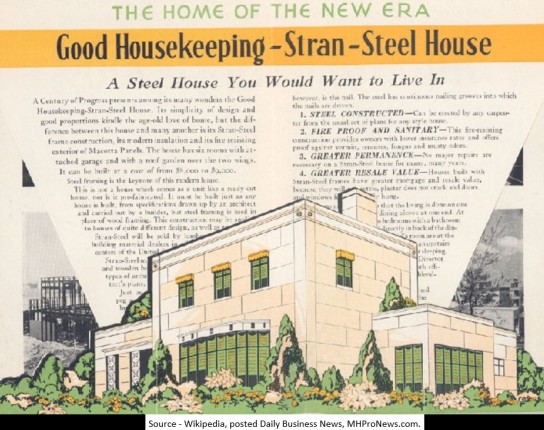
SAH stated, “When orders for Hobart’s equipment failed to materialize, the company decided to manufacture houses itself. By the end of 1934, it had formed the Hobart Welded Steel House Company to fabricate, promote, and sell all-steel houses, for an average price of $5,000.”
The Hobarts reportedly platted land just south of their factory in 1936, and had 9 homes completed by 1938. During the Depression, that didn’t take off as hoped, so the homes were rented.
A second project was undertaken, but in 1941, with war production demands heating up, Hobart Welded Steel homes refocused on training welders and making welding equipment. But SAH says, “Today, nearly all of the Hobart houses have vinyl siding and replacement windows.”
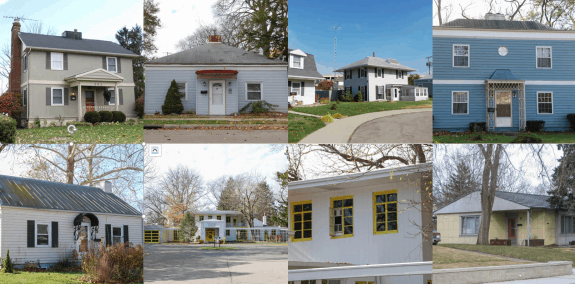
In other words, some of the Hobart homes stood the test of time.
Contrasting the relatively costly steel framed prefab concept, with the trailer houses that later evolved into mobile homes, affordability is clearly one of the driving factors that trailers – turned mobile homes evolved into manufactured homes a success.
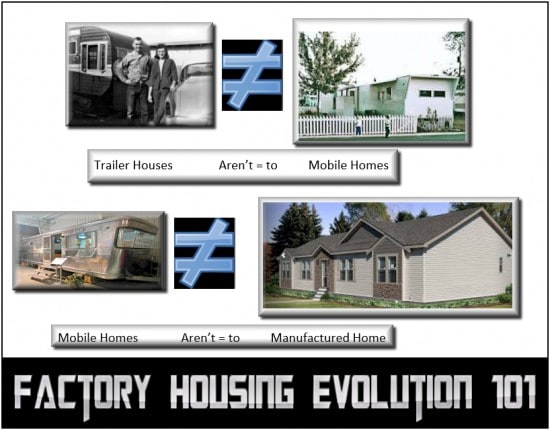
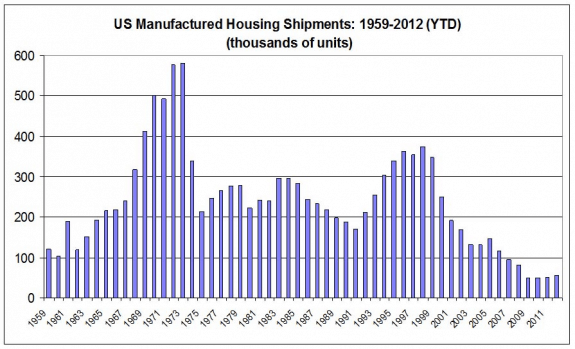
Certainly, the Hobart family has enjoyed their own success, in creating enduring housing. Mass production of factory built housing on frames – which lead to today’s manufactured homes, is an entirely different kind of accomplishment. ##
(Related – Editor’s Note: In the post WWII era, Lustron also built prefabricated, enameled steel houses for many returning war veterans, linked here and here.)
(Image credits are as shown above, and when provided by third parties, are shown under fair use guidelines.)

Submitted by Matthew Silver to the Daily Business News, on MHProNews.
